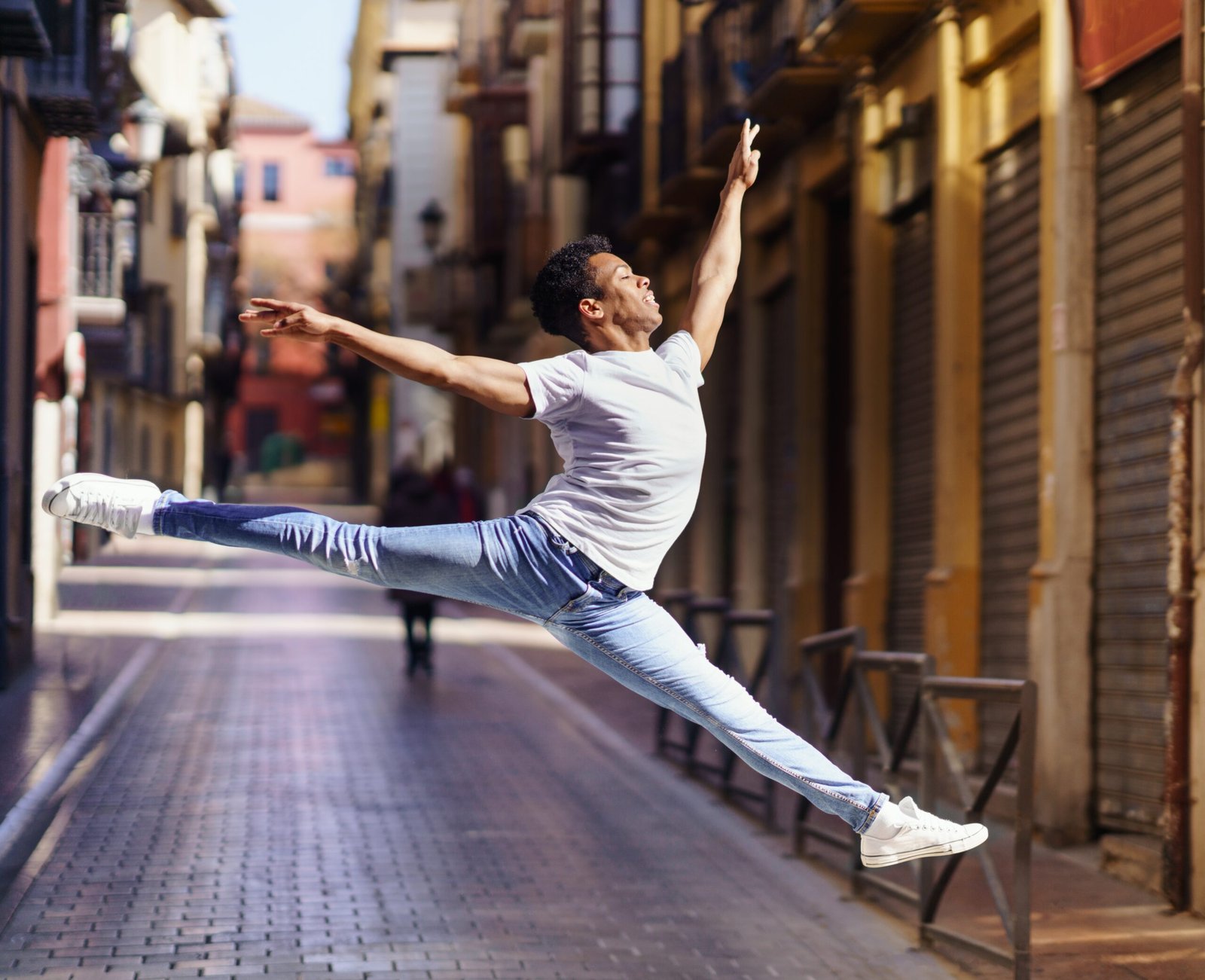Vive la Experiencia
It can only be Experienced for the First Time Once!

Heartbeat... Santiago de Cuba
Home to Cuba's largest Afro-Cuban population. Santiago de Cuba is the second largest city in Cuba and a historical and cultural treasure. The city is often regarded as the root of the Cuban Revolution, and the many museums here retrace key events from this important period of Cuba's history. Santiago de Cuba mixes modern architecture and industrial developments with its colorful colonial gems and historic fort.
Dance till you Drop...
Santiago de Cuba’s salsa dance scene pulses with electrifying energy. Imagine narrow cobblestone streets bathed in warm Caribbean moonlight. The air vibrates with the syncopated beats of congas, trumpets, and maracas. Locals and visitors sway to the rhythm, hips swiveling, feet gliding. Experience an evening at Casa de la Trova, an iconic music venue, overflowing with passionate dancers, incredible music and the scent of rum mingles with sweat as laughter and energy fill the room. In Santiago de Cuba, salsa isn’t just a dance; it’s a heartbeat—a celebration of life, love, and freedom.
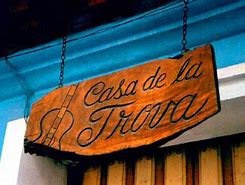



Getting Around in Santiago
Walking is a great way to get around Santiago de Cuba, an even better way to get around are the "Bici Taxis", they are very reasonable priced (as long as you agree a fair price before you start). For longer journeys (or if preferred) taxi's can readily be hailed or called (again always agree a reasonable price upfront).
Fabulous Beaches
Holguín, boasts some stunning beaches. Looking further than the stunning beach at the hotel, here are a few of the best ones that may be worth a visit: Guardalavaca Beach: Known for its picture-perfect white sand and clear, tranquil waters, it is considered one of the best beaches in Cuba, and certainly one of the most famous beaches in the province of Holguín. Playa Pesquero: Features some of the whitest sand and clearest water in Cuba. It’s a great spot for beach lovers. Playa Esmeralda: This beach offers a huge bank of white sand and crystal-clear waters, making it excellent for children and families.


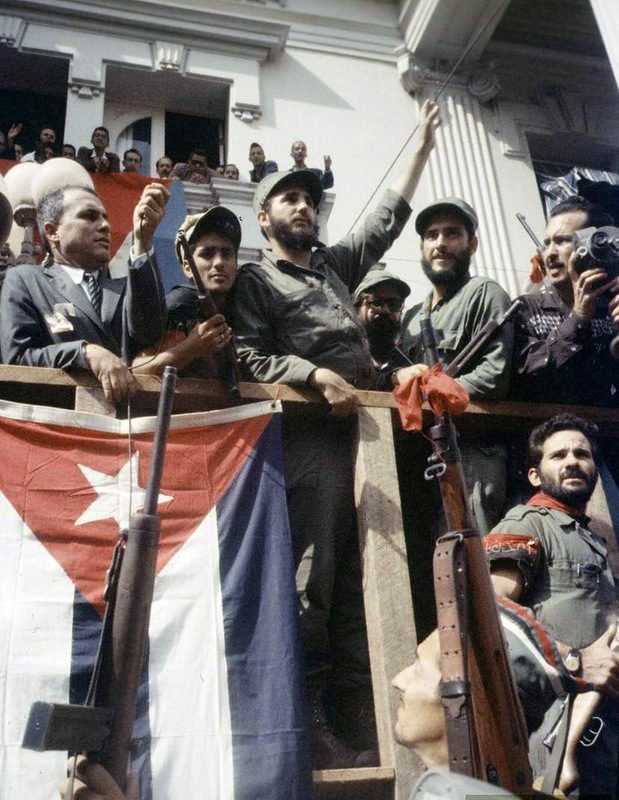

Revolución Cubana
The Cuban Revolution was an armed uprising in Cuba that overthrew the government of Fulgencio Batista on January 1, 1959. The revolution’s leader, Fidel Castro, went on to rule Cuba from 1959 to 2008 under a Socialist regime.
The impact of the 1959 Cuban Revolution is at the heart of everyday Cuban life, despite occurring more than 60 years ago.
The 1962/1963 trade embargo (El Bloqueo) imposed by the US and general supported in part by many countries throughout the world is still enforced today. The detrimental economic, financial and social effect on the Cuban people is obvious. Tweaking the words of Mayo Angelou "Still They Rise" resonates so clearly with the people of Cuba. The Cubans have incredible fortitude, resilience and have endured much; regardless it is impossible to ignore their positive spirit, joy for live and vibrancy.
There are always two sides to any story and we strongly recommend that you visit Cuba and draw your own conclusions.
Locals Love Dancing Salsa
Head to any bar, attend any public event, or just walking through the streets of Santiago de Cuba, its impossible to ignore the music pumped out. The people of Cuba, whether young or old just love to dance.
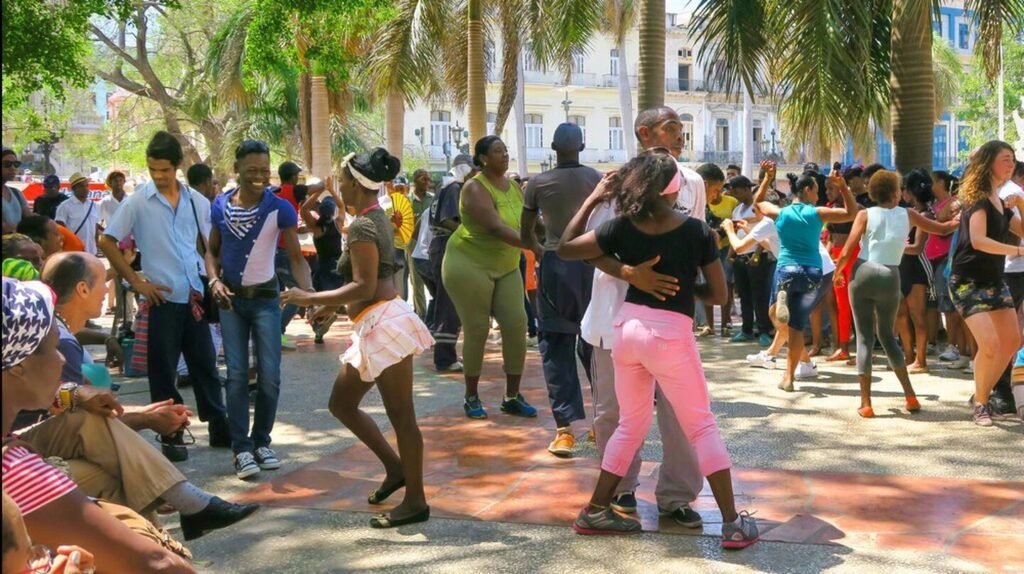



Incredible Architecture
Travelling throughout Havana reveals Cuba's eclectic architecture. The mix of various cultural and artistic influences throughout history has resulted in Santiago de Cuba assimilation of Spanish colonial baroque and neo-classical building, surrounded by art deco and art nouveau apartments.
El Automóvies de Cuba
Following the Cuban Revolution in 1959, the wealthy elite owners fled back to the USA, leaving behind their Cadillacs, Buicks, Studebakers, etc. Due to necessity and their innate ingenuity, Cubans have managed to restore, repair, maintain and ultimately keep these classic cars going. If Classic Americano is your thing, you will not be disappointed. Driving through Havana in an open top seeing the sights is a must. If you are bold enough you can hire and drive one for yourself.
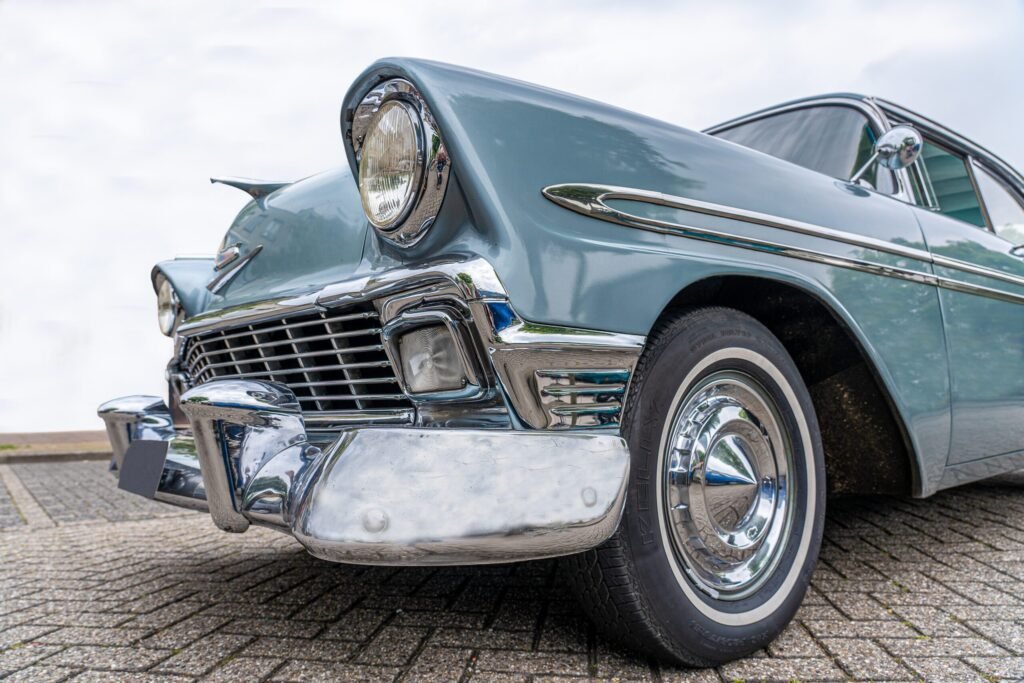

Dance it's not all about Salsa!
The history of Cuban dance started with the indigenous people (Tainos); who used dance during their rituals and ceremonies. The 17th century introduction of West African people as slaves resulted in dance styles directly influenced by the heart beat of the drum. The 18th century Haitian refugees who fled to Cuba brought their dances influenced by their struggles and rebellions; dances known as Tumba. The 19th century French and Spanish dance styles, such as Contradanse, where mimicked and enhanced by the African descendants, resulting in the Cuban Contradanza. From the early 20th century the Mambo emerged; this took Cuba by storm. The cha cha chá was born from the Mambo. The 1950's association with USSR resulted in a deep love and appreciation for classical and contemporary dance forms. Salsa originate in New York and was quickly adopted by Cubans. Whether Ballet, Contemporary or Timba (Cuban Salsa) each is delivered in a vibrant energetic, entertaining manner as only can be done by Cubans.

